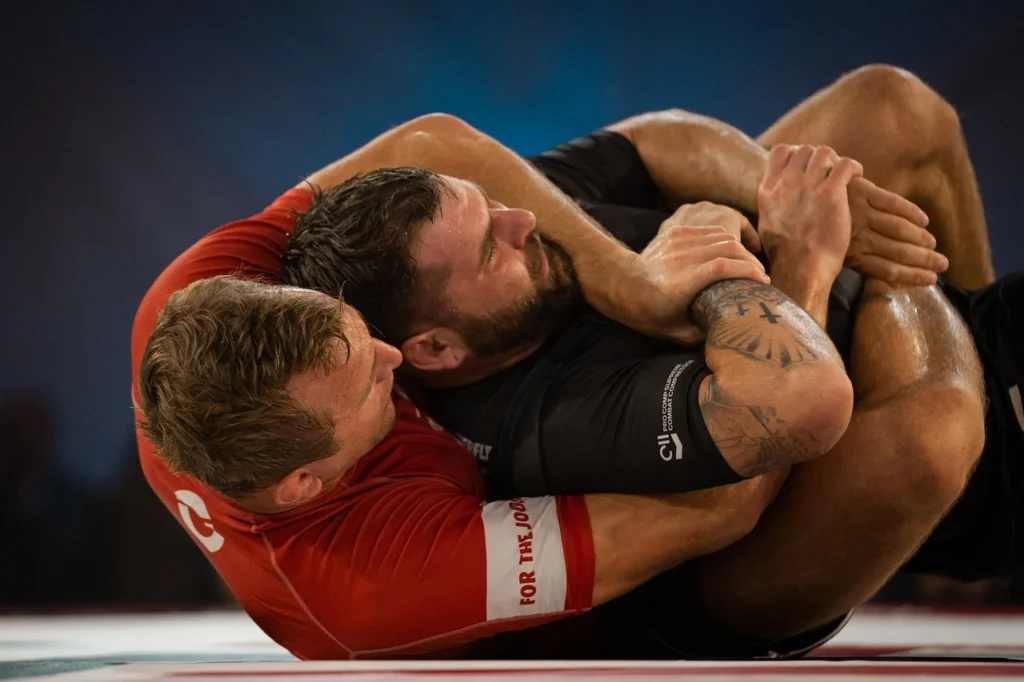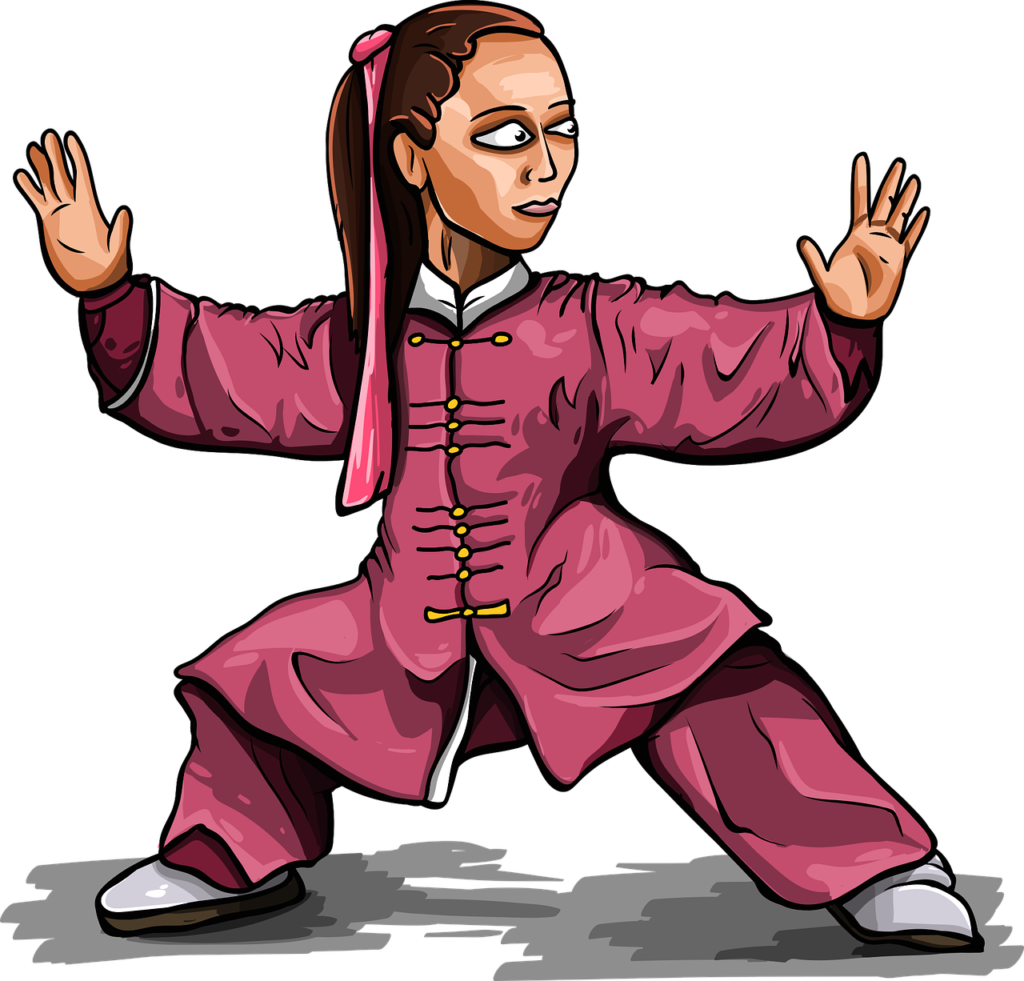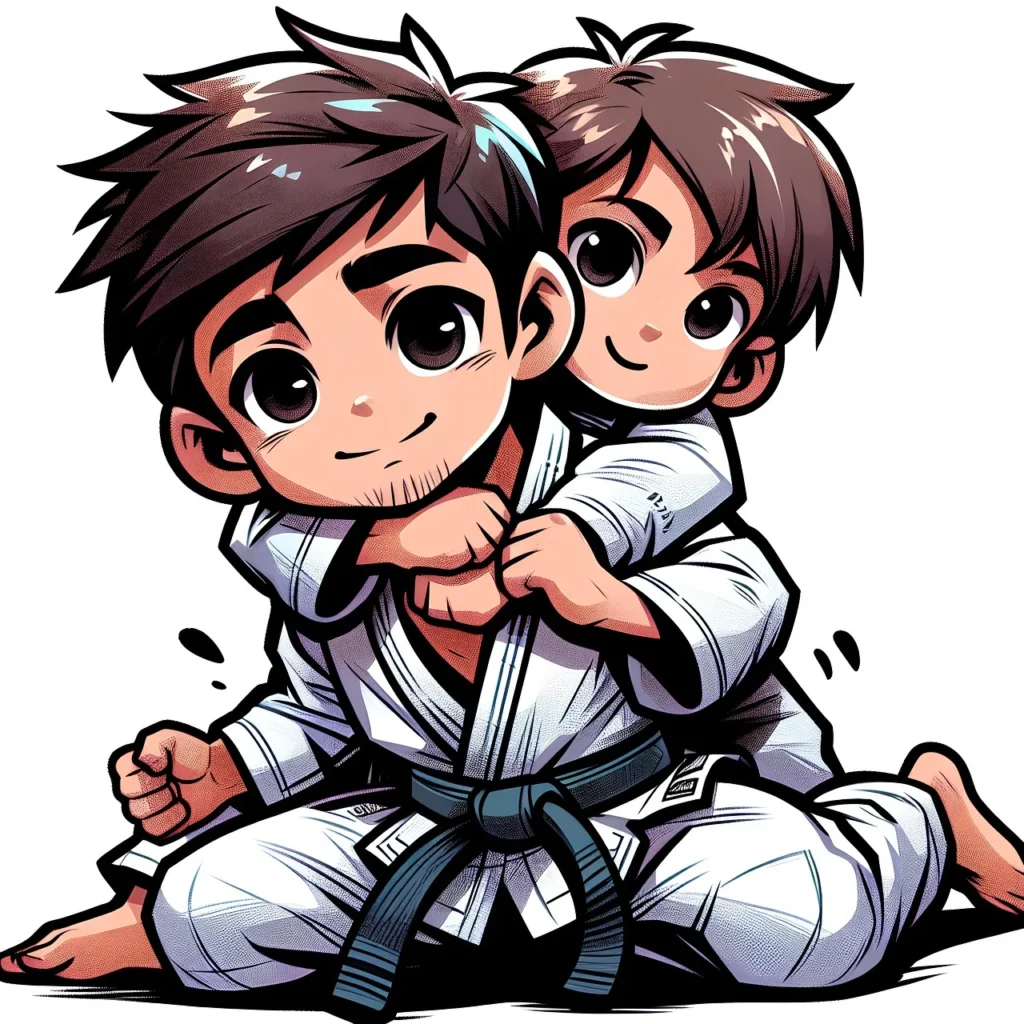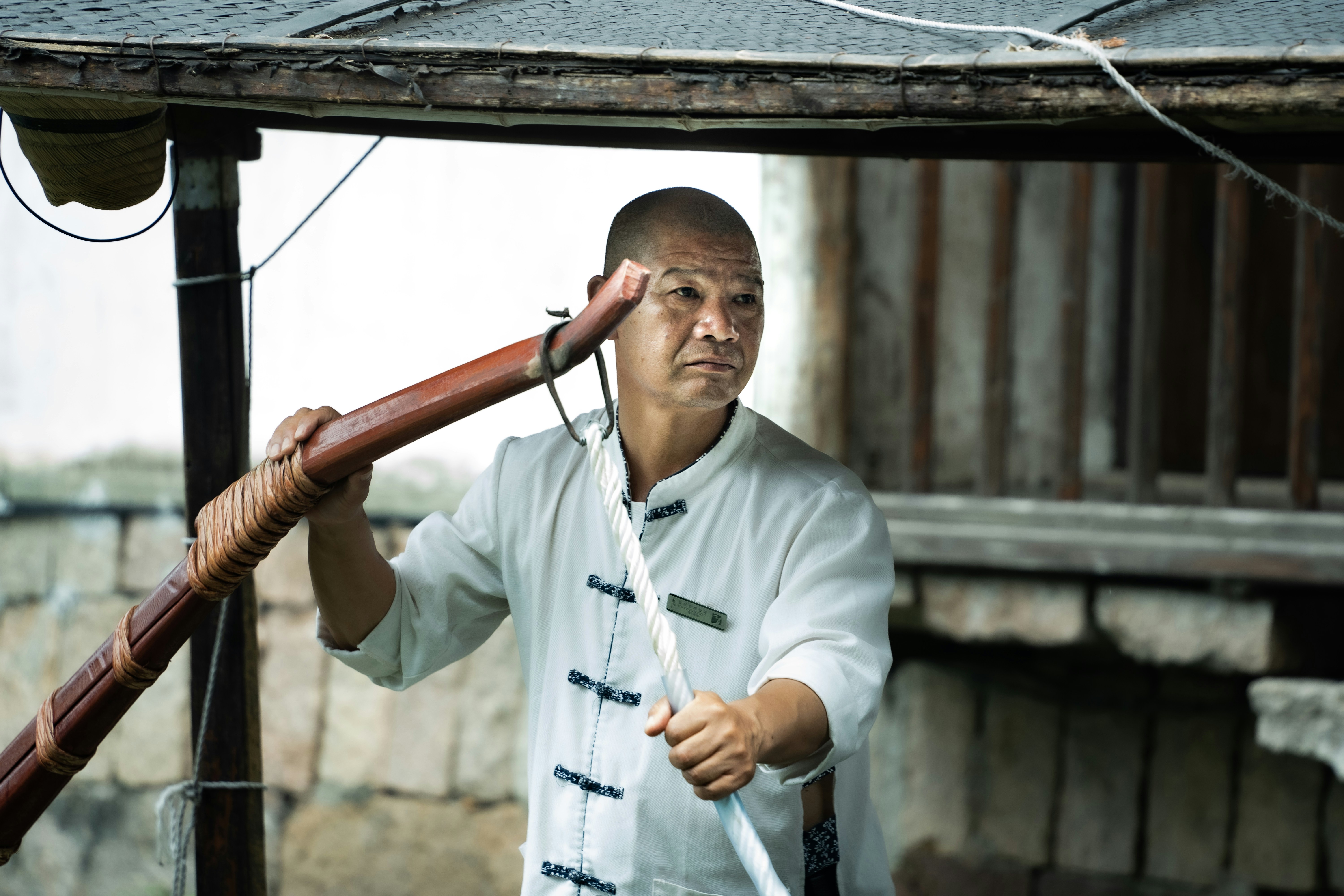Martial arts encompass a broad spectrum of combat practices, traditions, and systems that have evolved over centuries across different cultures.
These disciplines, which originated from diverse regions such as East Asia, Europe, and the Middle East, serve multiple purposes beyond mere combat.
They are deeply rooted in the historical contexts from which they arose, often reflecting the values, philosophies, and societal needs of their time.
We will go through the Basic Rules of Martial Arts with different touch.
Historical Roots and Cultural Significance
The historical roots of martial arts can be traced back to ancient civilizations.
For instance, Chinese martial arts, also known as Kung Fu, have a history spanning over 4,000 years, intertwining with the country’s philosophical and spiritual traditions.
Similarly, Japanese martial arts, including Judo, Karate, and Aikido, reflect the Bushido code, emphasizing honor, discipline, and respect.
On the other hand, Western martial arts like boxing and fencing have their origins in the gladiatorial combats of ancient Rome and medieval European chivalry.
Variety of Martial Arts Styles
The variety of martial arts styles is vast, each with unique techniques, philosophies, and training methods.
From the fluid, circular movements of Tai Chi to the powerful, linear strikes of Karate, and the grappling techniques of Brazilian Jiu-Jitsu, the diversity is immense.

Despite these differences, common objectives unify these practices, such as self-defense, physical fitness, and mental discipline.
While some styles prioritize striking techniques, others focus on grappling, joint locks, or throws.
This broad spectrum allows practitioners to find a discipline that aligns with their personal goals and physical capabilities.
Common Objectives
At the core of martial arts lies the pursuit of self-improvement.
Self-defense is a primary objective, equipping individuals with the skills to protect themselves and others.
Physical fitness is another key aspect, as martial arts training enhances strength, flexibility, endurance, and overall health.
Moreover, the mental discipline fostered through martial arts practice is invaluable.
Practitioners cultivate focus, patience, and resilience, which transcend the dojo and positively impact various facets of life.
Understanding these foundational elements sets the stage for delving deeper into the specific rules and principles that govern martial arts practices.
Whether for self-defense, fitness, or personal growth, martial arts offer a holistic approach to self-improvement rooted in centuries of tradition and cultural significance.
Respect and Etiquette
Respect is a cornerstone of all martial arts disciplines, forming the foundation upon which training and personal development are built.
From the moment one steps into a dojo, or training hall, the importance of respect is evident through various practices and traditions that have been upheld for generations.
These practices ensure that the environment remains conducive to learning and personal growth.
One of the most visible demonstrations of respect in martial arts is the act of bowing.
Bowing is not merely a physical gesture but a profound expression of humility and acknowledgment.
Practitioners bow upon entering and leaving the dojo, towards their instructors, and to their training partners.

This act signifies a mutual respect and a readiness to engage in the shared journey of martial arts.
Addressing instructors properly is another critical aspect of martial arts etiquette.
In many martial arts traditions, instructors are addressed with titles such as “Sensei” in Japanese martial arts or “Sifu” in Chinese martial arts.
These titles convey respect and recognize the instructors’ expertise and dedication.
Using proper titles fosters a culture of reverence and appreciation for the knowledge being imparted.
Maintaining a disciplined demeanor both inside and outside the dojo is equally important.
Practitioners are expected to exhibit self-control, focus, and mindfulness during training sessions.
This disciplined behavior extends beyond training hours, promoting respect in daily life interactions and reinforcing the values learned during martial arts practice.
Creating a positive and respectful training environment involves mutual respect among all practitioners.
This includes arriving on time, following the dojo’s rules, and supporting fellow students.
Respect and etiquette are integral to the martial arts experience, ensuring that the training environment is safe, supportive, and enriching for everyone involved.
Safety Protocols
Safety is a crucial aspect of martial arts training, emphasizing the importance of minimizing injuries and fostering a secure environment for all participants.
Adherence to essential safety rules is non-negotiable, beginning with the use of appropriate protective gear.

Wearing equipment such as mouth guards, shin guards, and headgear is fundamental to safeguarding vulnerable areas of the body and reducing the risk of serious injuries.
Equally important are proper warm-up and cool-down exercises.
Warm-ups, involving activities like dynamic stretches and light cardio, prepare the muscles and joints for the intensive physical activity ahead, thereby decreasing the likelihood of strains and sprains.

Conversely, cool-down exercises, which may include static stretching and breathing exercises, help the body transition back to a resting state, aiding in muscle recovery and preventing stiffness.
Controlled techniques are another critical element in maintaining safety during martial arts training.
Practitioners must execute moves with precision and restraint, avoiding excessive force that could harm training partners.

This principle underscores the importance of practicing techniques under the guidance of a qualified instructor, who ensures that the training is conducted in a safe and controlled manner.
The role of instructors cannot be overstated in ensuring a safe training environment.
Instructors are responsible for monitoring the class, providing clear instructions, and correcting improper techniques that could lead to injuries.
They also enforce the dojo’s safety rules, creating an atmosphere where respect and caution are paramount.
Students also play a significant role in maintaining safety.
They must listen attentively to their instructors, communicate openly about any discomfort or injuries, and always respect their training partners by practicing self-control and awareness.
By adhering to these safety protocols, both instructors and students contribute to a secure and conducive environment for learning martial arts.
Basic Techniques and Forms
Martial arts encompass a wide range of techniques and forms that are integral to the discipline.
Among the fundamental techniques, punches, kicks, blocks, and stances stand out as essential building blocks.
Each technique requires diligent practice to master, as precision and proper form are crucial for effectiveness and safety.
Punches are perhaps the most straightforward of the techniques, yet they demand a high level of skill and control.
The basic punches include the jab, cross, hook, and uppercut.
Each punch is executed with a specific part of the hand and requires proper alignment of the body to generate power without causing injury.
Similarly, kicks are a vital component, with basic kicks such as the front kick, roundhouse kick, and sidekick forming the core of many martial arts disciplines.

Effective kicking techniques involve not only leg strength but also balance and flexibility.
Blocking techniques are essential for defense, enabling practitioners to deflect or absorb an opponent’s attacks.
Blocks can be categorized into high, middle, and low blocks, each designed to protect different parts of the body.
Proper stance is foundational to all these techniques.
Common stances include the front stance, back stance, and horse stance, each offering stability and readiness for both offensive and defensive maneuvers.
Forms, or katas, play a significant role in martial arts training.
Originating from traditional styles, forms are predetermined sequences of movements that simulate combat scenarios.
Practicing forms aids in developing coordination, balance, and precision, as it requires practitioners to execute techniques in a fluid and controlled manner.
Different martial arts styles have their unique forms, reflecting their philosophy and combat principles.
For instance, Karate katas emphasize linear movements and powerful strikes, while Taekwondo forms highlight dynamic kicks and fluid motion.
In martial arts, mastering basic techniques and forms is crucial for progressing to more advanced levels.
These foundational elements not only build physical skills but also instill discipline, focus, and a deeper understanding of the art form.
Through continuous practice and refinement, martial artists enhance their abilities, paving the way for a well-rounded and effective martial arts practice.
Training Discipline and Consistency
Consistency and discipline are fundamental to achieving progress in martial arts.
Regular practice is essential; the adage “practice makes perfect” is particularly true for martial artists.
By training regularly, practitioners not only refine their techniques but also build muscle memory, enhance their physical conditioning, and develop mental resilience.
Adhering to a disciplined training schedule ensures that each session contributes to long-term growth and mastery of the art.
Setting personal goals is a critical component of maintaining consistency in martial arts training.

Goals provide direction and motivation, allowing practitioners to measure their progress and stay focused.
Whether aiming to master a specific technique, achieve a new belt rank, or improve overall fitness, having clear, attainable objectives helps keep the training purposeful and engaging.
Break down larger goals into smaller, manageable tasks to create a sense of achievement and drive continuous improvement.
Maintaining discipline in martial arts training involves overcoming various challenges, such as physical fatigue, mental burnout, and external distractions.
Developing a structured routine can help mitigate these obstacles.
Schedule training sessions at consistent times, and incorporate a balanced mix of drills, sparring, and conditioning exercises to keep the routine dynamic and interesting.
It is also beneficial to track progress through journals or logs, which can provide valuable insights and foster a sense of accomplishment.
Staying motivated over the long term requires a blend of intrinsic and extrinsic factors.
Internally, practitioners should cultivate a passion for martial arts and a deep appreciation for the journey of self-improvement.
Externally, seeking support from instructors, training partners, and martial arts communities can provide encouragement, accountability, and camaraderie.
Celebrating milestones and rewarding oneself for achievements can also serve as powerful motivators.
In summary, the path to proficiency in martial arts is paved with consistent practice and unwavering discipline.
By setting personal goals, maintaining a structured routine, and staying motivated, practitioners can navigate the challenges of their training journey and steadily progress towards mastery.
Sparring and Competition Rules
Sparring and competitions are integral components of martial arts, offering practitioners the opportunity to test their skills in a controlled environment.
Understanding the rules and etiquette of sparring is crucial for both personal development and ensuring safety.
In sparring, practitioners engage in simulated combat under the supervision of a referee, whose role is to enforce rules, ensure participant safety, and maintain order.
The scoring systems in sparring can vary depending on the martial art.
but they generally reward clean, controlled techniques that demonstrate precision and skill.
Points may be awarded for strikes, kicks, throws, and other techniques that are executed with proper form and control.

Conversely, points can be deducted for prohibited actions such as excessive force, strikes to illegal areas, or unsportsmanlike behavior.
Preparation for competitions involves rigorous physical training, mental conditioning, and a thorough understanding of the specific rules of the martial art.
Competitors must adhere to strict guidelines regarding equipment, attire, and conduct.
The emphasis is placed on sportsmanship, with participants expected to respect their opponents, referees, and the rules of the competition.
The mindset of a competitor should prioritize learning and personal growth over the outcome of the match.
In addition to physical readiness, mental preparation is paramount.
Competitors must cultivate focus, resilience, and the ability to remain composed under pressure.
This mental discipline is often what distinguishes successful martial artists in the competitive arena.
It is essential to approach each match with a positive attitude, viewing it as an opportunity to learn and improve rather than merely a contest to win.
In summary, sparring and competitions are vital aspects of martial arts, providing a platform for practitioners to hone their skills and demonstrate their abilities.
By adhering to established rules, maintaining proper etiquette, and fostering a mindset centered on growth and sportsmanship, martial artists can fully benefit from these experiences.
Mental and Emotional Control

Martial arts training extends far beyond the mastery of physical techniques;
It encompasses the crucial elements of mental and emotional discipline.
A significant aspect of martial arts is the cultivation of focus, patience, and emotional control, which are pivotal for a practitioner’s overall development.
In this regard, mental and emotional control serve as foundational pillars that support not only the practice of martial arts but also enhance one’s daily life.
One of the primary techniques used to foster mental and emotional control in martial arts is meditation.
Meditation aids in cultivating a clear and focused mind, which is essential when learning and perfecting complex martial arts techniques.
Through regular meditation practice, martial artists can achieve a state of mental tranquility.
allowing them to remain composed under pressure and make more calculated decisions.
This mental clarity is particularly vital during sparring sessions and competitions where split-second decisions can significantly impact outcomes.
Breathing exercises are another critical component in the development of emotional control.
Proper breathing techniques not only enhance physical performance but also play a crucial role in managing stress and maintaining emotional equilibrium.
Deep, controlled breathing helps to activate the body’s parasympathetic nervous system.
which induces a state of calm and relaxation.
This practice is especially beneficial during high-stress situations.
enabling martial artists to remain centered and focused.
In addition to meditation and breathing exercises.
developing patience is fundamental in martial arts training.

The journey to mastering martial arts is often long and arduous, requiring consistent effort and perseverance.
Patience allows practitioners to embrace the learning process, understand their limitations.
and progressively work towards their goals.
By fostering patience, martial artists can better handle setbacks and challenges.
viewing them as opportunities for growth rather than obstacles.
In essence, the mental and emotional discipline cultivated through martial arts training equips practitioners with invaluable tools for managing stress.
maintaining focus, and achieving emotional balance.
These skills are not only indispensable within the dojo but also enhance overall well-being and resilience in everyday life.
The Journey of Mastery
The path of martial arts is often described as a lifelong journey of continuous learning and self-improvement.
The concept of mastery in martial arts is not solely about achieving a high rank or winning competitions.
it is about the ongoing pursuit of excellence in every aspect of practice.
This journey involves navigating through different stages of skill development.
each presenting its own set of challenges and opportunities for growth.
These stages typically start with the novice level, where the fundamentals are learned.
and progressively advance to higher levels of proficiency and expertise.
At the heart of martial arts mastery is the balance of physical, mental, and spiritual growth.
Physical training is essential, as it builds strength, agility, and technique.
However, martial arts also demand mental discipline.
focus, and the ability to stay calm under pressure.
Spiritual growth, often overlooked, is equally crucial.
It involves cultivating a sense of respect, humility.
and inner peace, which are core principles in many martial arts traditions.
This triad of development ensures that practitioners grow holistically.
not just as fighters but as individuals.
Martial arts training encourages practitioners to view their journey as a continuous and evolving process.
There is always something new to learn, whether it is a new technique.
a deeper understanding of an existing skill, or a more profound appreciation of the underlying philosophy.
This mindset fosters resilience and adaptability.
as practitioners recognize that setbacks and plateaus are natural parts of the journey.
The pursuit of mastery in martial arts teaches patience and perseverance.
as excellence is not achieved overnight but through consistent and dedicated practice.
Ultimately, the journey of mastery in martial arts is deeply personal and unique to each individual.
It invites practitioners to look inward, challenging them to discover their potential and push beyond their perceived limits.
By embracing the lifelong journey of martial arts.
practitioners find not only physical and technical improvement but also personal growth and a deeper connection to the essence of the art.
Let us know about your thoughts on Basic Rules of Martial Arts.



